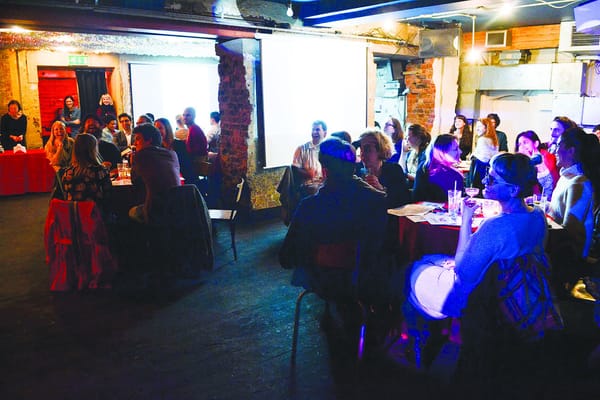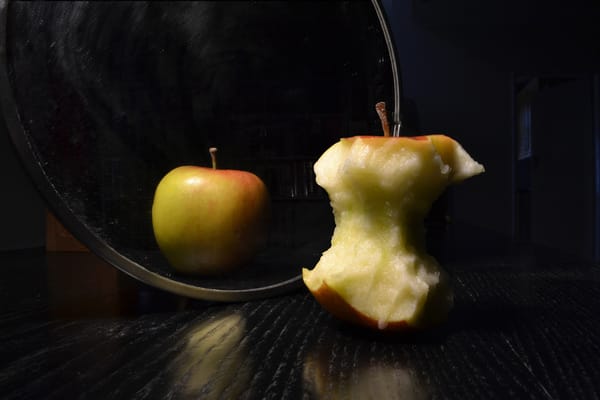Science, what’s good?
Our weekly roundup of the week's science news

Termites did castes first
When you think of castes, the animal kingdom may not be the first thing that pops into your mind. Nonetheless, castes are prevalent in many other species besides humans, with bees a shining example of an efficient caste system, with their queens, workers and soldiers.
However, it seems that whatever bees did to become a eusocial species, termites did it first.
New fossils, unearthed in Myanmar show that termites became eusocial about 100 million years ago, aproximately 80 million years earlier than what palaeontologists thought until now.
The fossil finds from Myanmar included five termite species, two of which new to science.
Engel et al. 2016 @ Current Biology
Super Earth probably toxic
Ah, the exotic and awe inspiring super-Earth, a class of exoplanet larger than Earth but not quite the size of a gas giant. For quite some time now, scientists have been fantasising about one in particular, 55 Cancri E, and what conditions on such a celestial body might be like. A group of astronomers though recently burst everyone’s dream bubble, pointing out it’s probably a cyanide packed, face-melting hellhole.
The team of astronomers used Hubble pictures to measure the spectra of light coming off the planet as it passed in front of its parent star.
Sadly the high levels of hydrogen, helium and hydrogen cyanide detected, lighter elements and their products (which our planet’s atmosphere lost long ago), don’t seem to be putting an end to the search for a cooler, larger home any time soon.
Tsiaras et al. 2016 @ The Astrophysical Journal
Explosive cancer cure
Nanoparticles have been used to precisely target and, via the use of infrared light, successfully destroy cancer cells left over from excision procedures.
This new method, only implemented in mice so far, used clusters of gold atoms to clear the mice of any traces of cancer cells, which is important as such cells can act as sources of new tumours.
The procedure has been around for years, but has been problematic as, like with other treatments, precision has been low, resulting in damage to adjacent healthy tissue
However a research team has managed to greatly refine the use of nanoparticles, by coupling them with appropriate antibodies, as well as using ultrashort infrared rays to zap the gold bearing cells.
Clinical trials could begin in the next two years, which if successful would greatly aid the fight against cancer
Lukianova-Hieb et al. 2016 @ Nature Nanotechnology
Printing ‘living’ ears
Over the past decade we have seen many great breakthroughs in 3D printing, improving the speed of the process, the smoothness of the products and the range of materials available for printing with.
One of the materials that has shown promise in its application across the health sector of course is human cells.
A team has come up with a new technique – integrated tissue-organ printing which hopes to make the dream of printing of organs a reality.
The new technique allows lacing of artificial body parts with living cells and was successfully used to 3D print a human ear.
So far scientists have been able to generate 3D printed bone, muscle and cartilage which after being implanted in mice, developed natural structures such as blood vessels, closely resembling natural tissues.
Kang et al. 2016 @ Nature Biotechnology
Mixing with Neanderthals
DNA is more than just a sequence of As, Ts, C, and Gs. It is a fingerprint of our individuality, capturing our primitive past and even the behaviour of our ancestors; and it seems our ancestors hooked up with our evolutionary ‘cousins’ a lot earlier than we previously thought. Specifically 110,000 years earlier.
It is not a novelty that we find Neanderthal DNA in human DNA, however, an international group of researchers recently found the presence of a reverse situation. That is, human DNA incorporated into the genetic code of a Neanderthal. A 50,000-year-old Neanderthal toe bone contained a human signature embedded within its collagen case.
The findings have posed the need to rethink human migration in the light of the now apparent genetic evidence, pointing strongly to an earlier migration out of Africa.
Kuhlwilm et al. 2016 @ Nature









